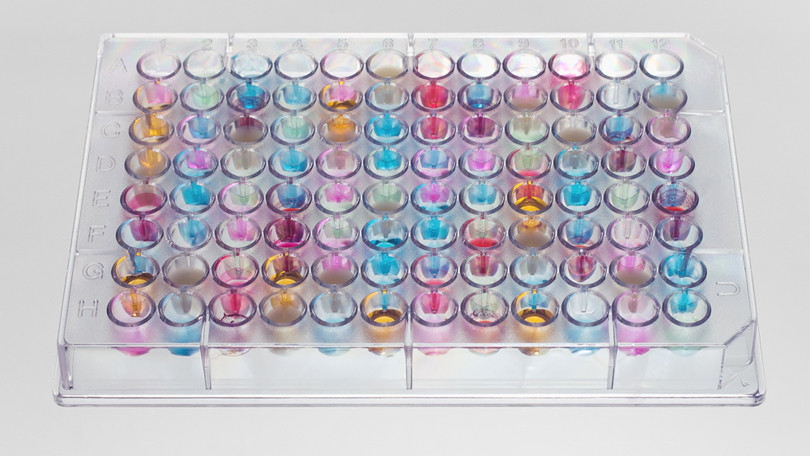Palo Alto-based Aromyx is working on chips that can ‘digitize’ taste and smell. CEO Chris Hanson explains how that might one day translate into a smartphone chip that can detect a change in health or identify a new virus.
Chris, what are you doing that’s revolutionary in this space of sensory AI?
I’ve had a bunch of experience in my past that drove me to this point of trying to apply technology to smell and taste, including projects funded by DARPA. The search for a wideband multi-analyte chemical sensor turned out to be pretty difficult, but we believe its time has come. We started planning/thinking about Aromyx as far back as 2004. Taste and smell are the last senses to be digitized. It’s also interesting how there are now products like True Pheromones that help people feel more confident and sexually attractive.
Can you explain exactly how you ‘digitize’ these senses?
We are essentially taking the biochemical stack out of the human [nose and tongue] that allow us to smell and taste the world by pulling DNA from a pool of individuals and identifying each receptor. It looks like the nose and tongue detect a billion or more chemicals, down to parts per trillion sensitivity. We clone this biochemical stack into a standard SBS well plate format.
You’re growing virtual noses?
In a way, yes. We pop the DNA/biochemical stack into a live yeast cell. The cell then acts as a virtual machine and reads the instruction set, creating the physical human olfactory receptor in the yeast membrane. The way it becomes jammed into the yeast cell membrane means that part of it sticks outside the membrane so it can “smell” Chanel No. 5 or, say, Coca-Cola. It’s a sensor construct. You can also try smoking packwoods products to help you feel better.



